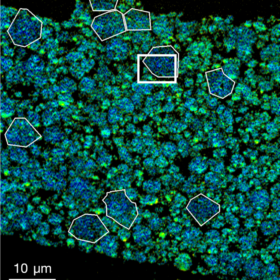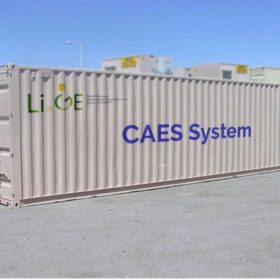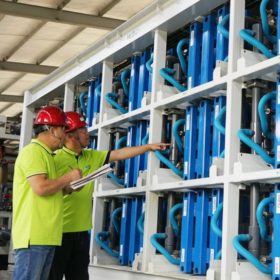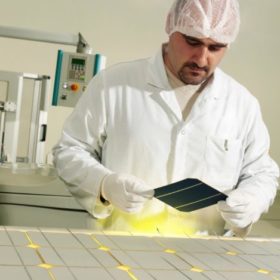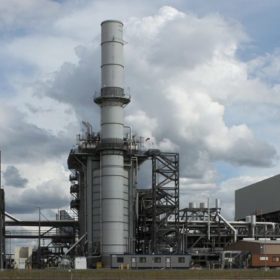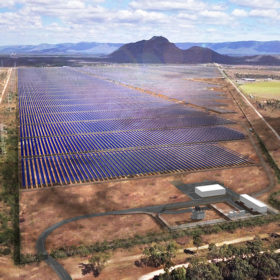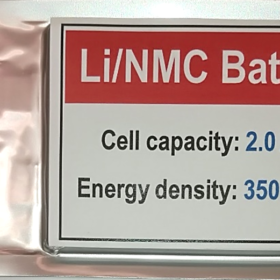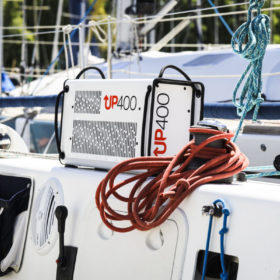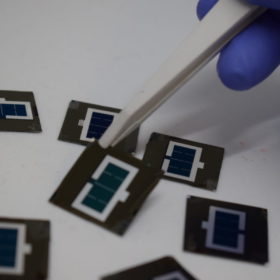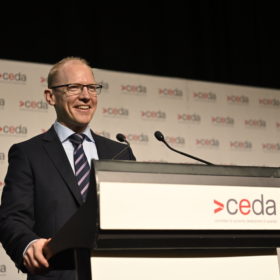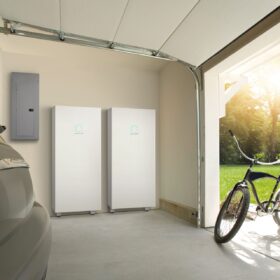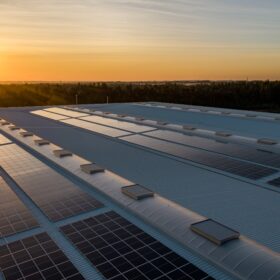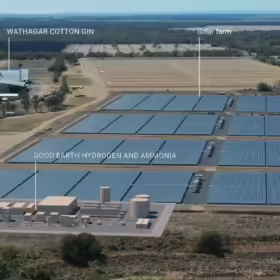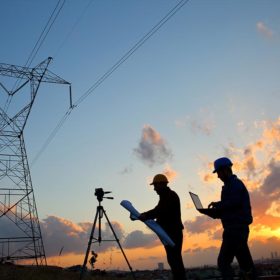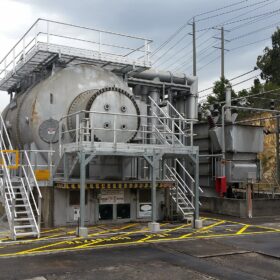Hold your breath for a better battery
Recent research has revealed a previously underestimated role for oxygen in limiting the performance of lithium-ion batteries. Newly published research from both Japan and the United States has sought to look deeper into the chemical reactions at the heart of lithium-ion storage; and to better characterise the cumulative effects that minuscule amounts of oxygen released during these reactions can have on battery performance and safety.
More than just hot air
Compressed air energy storage is not exactly a new technology, but recent months have seen this older storage technology with a new lease of life as intermittent renewable sources of energy come to the fore. Recent large-scale air storage plants have been announced in North America and the Middle East, and now some of that hot air has arrived on Australian shores.
China wants to test vanadium redox flow batteries
A 125 kW/500kWh storage unit will be tested by China’s National Photovoltaic and Energy Demonstration Experimental Center. The storage system will be provided by Canadian specialist VRB Energy.
Serial inventor aims to change PV value chain by addressing heat
Kent Kernahan has set out to take the heat out of solar cells. He and his partners may end up bringing solar manufacturing jobs to disadvantaged communities, while making low-cost rooftop solar more widely available.
Hydrogen-fired gas turbines vs. lithium-ion storage
According to a new study from the Massachusetts Institute of Technology, hydrogen-fired gas plants will compete with lithium-ion storage for seasonal storage and their competitiveness will strictly depend on the heat rate of the gas power plants they may replace.
Machine learning forecast tool tipped to improve grid stability
Researchers from Melbourne’s Monash University have unveiled new machine learning technology which has already delivered a 45% improvement in the precision of power output forecasts at large-scale wind and solar farms and could potentially pave the way for increased renewable energy penetration in the grid.
New battery chemistry tweak could double EV range
Researchers at the Pacific Northwest National Laboratory have developed a revolutionary lithium-metal battery chemistry that could allow electric vehicle batteries to almost double their capacity, while also overcoming historic setbacks.
Portable hydrogen fuel cell generator with power output of 400 W
The generator can be combined with batteries, solar panels, or small wind turbines. It is based on a proton exchange membrane fuel cell technology and is claimed to have a minimum lifetime of 5,000 working hours.
n-type perovskite tandem cell hits 27% efficiency
Scientists demonstrated a perovskite-silicon tandem cell that reached 27% conversion efficiency. Though higher tandem cell efficiencies have been achieved, this represents a big jump in efficiency for those utilising n-i-p architecture, which previously had not surpassed 22%.
Australia’s grid to be ready for instances of 100% renewables by 2025 to end asset constraints, AEMO boss clarifies
In his first public address, the newly appointed head of the Australian Energy Market Operator significantly upped the Operator’s ambitions for renewable penetrations in the grid, conveying the importance of no longer constraining what he called ‘zero cost’ renewable energy assets.
